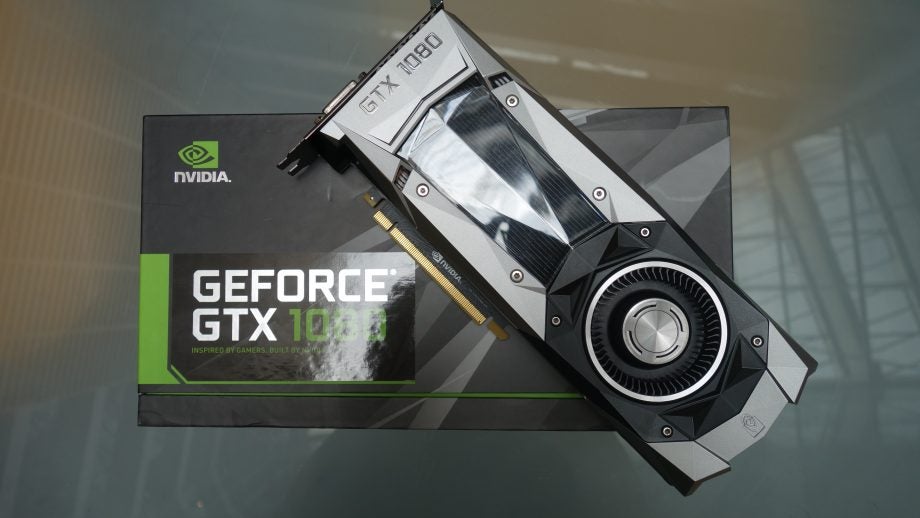No, Asus and MSI haven’t been tricking gamers with tweaked graphics cards

When it comes to graphics cards, benchmarking stats are the single most important consideration.
Which is why Asus and MSI find themselves at the centre of some controversy after both companies were accused of sending out overpowered GeForce GTX 1080 samples to reviewers.
But both companies have responded to the claims by explaining that review models are sent out in a higher performance setting that retail customers are also able to, and probably will, access.
The controversy began when TechPowerUp noticed a review model of the MSI GeForce GTX 1080 Gaming X running at faster GPU and memory clock speeds than the retail version.
As it turns out, the card was set to use OC, or overclocking mode, out of the box, as opposed to the standard Gaming mode that retail units are set to.
Related: Best Graphics Cards
To be clear, regular consumers can also set their cards to the slightly more powerful OC mode simply by changing a setting in the special software that comes with the cards themselves.
But the report from TechPowerUp claimed that using OC mode as the default setting in review samples is “not 100% representative of retail cards, and is questionable tactics”.
The concern is that benchmark numbers from OC mode could be represented as standard performance figures, which when compared with the other cards on the market, would give the company a slight edge over competitors.
But as standard practice should be to test third party cards on both standard and overclocked settings, it seems surprising that this is only now being highlighted as a concern.
Still, Asus was also accused of adopting the practice in the report.
Related: Best Gaming PC – The ultimate PC building guide
MSI has previously responded to the issue, providing a comment to HardOCP Editor-in-Chief Kyle Bennet in 2014:
“We can assure you that this is not some sort of shenanigans or a marketing ploy. We did send the media review samples with the OC Mode speed selected which is included in the program called the Gaming App. This setting is different than what the retail video cards are being shipped with.
“All consumers who purchase our GAMING VGA cards should have the default Gaming Mode clock speed selected, but by installing the Gaming App you can increase the clock speed of what was represented in most reviews by pressing the OC Mode button. This does NOT void the warranty.
“We simply wanted to promote our software called the Gaming App which is only included in our GAMING branded video card products.
And Asus has provided an official statement in response to the accusations, claiming that setting review samples to OC mode by default “saves time and effort” for reviewers
Here’s the full statement:
“ASUS ROG Strix GeForce GTX 1080 and GTX 1070 graphics cards come with exclusive GPU Tweak II software, that provides silent, gaming, and OC modes allowing users to select a performance profile that suits their requirements. Users can apply these modes easily from within GPU Tweak II.”
“The press samples for the ASUS ROG Strix GeForce GTX 1080 OC and ASUS ROG Strix GeForce GTX 1070 OC cards are set to “OC Mode” by default. To save media time and effort, OC mode is enabled by default as we are well aware our graphics cards will be reviewed primarily on maximum performance. And when in OC mode, we can showcase both the maximum performance and the effectiveness of our cooling solution.
“Retail products are in “Gaming Mode” by default, which allows gamers to experience the optimal balance between performance and silent operation. We encourage end-users to try GPU Tweak II and adjust between the available modes, to find the best mode according to personal needs or preferences.
“For both the press samples and retail cards, all these modes can be selected through the GPU Tweak II software. There are no differences between the samples we sent out to media and the retail channels in terms of hardware and performance.”
VIDEO: Catch up on all the latest tech news with The Refresh
Have Asus and MSI failed to communicate the difference between retail and review models of their graphics cards? Or is this a legitimate practice? Let us know what you think in the comments.

